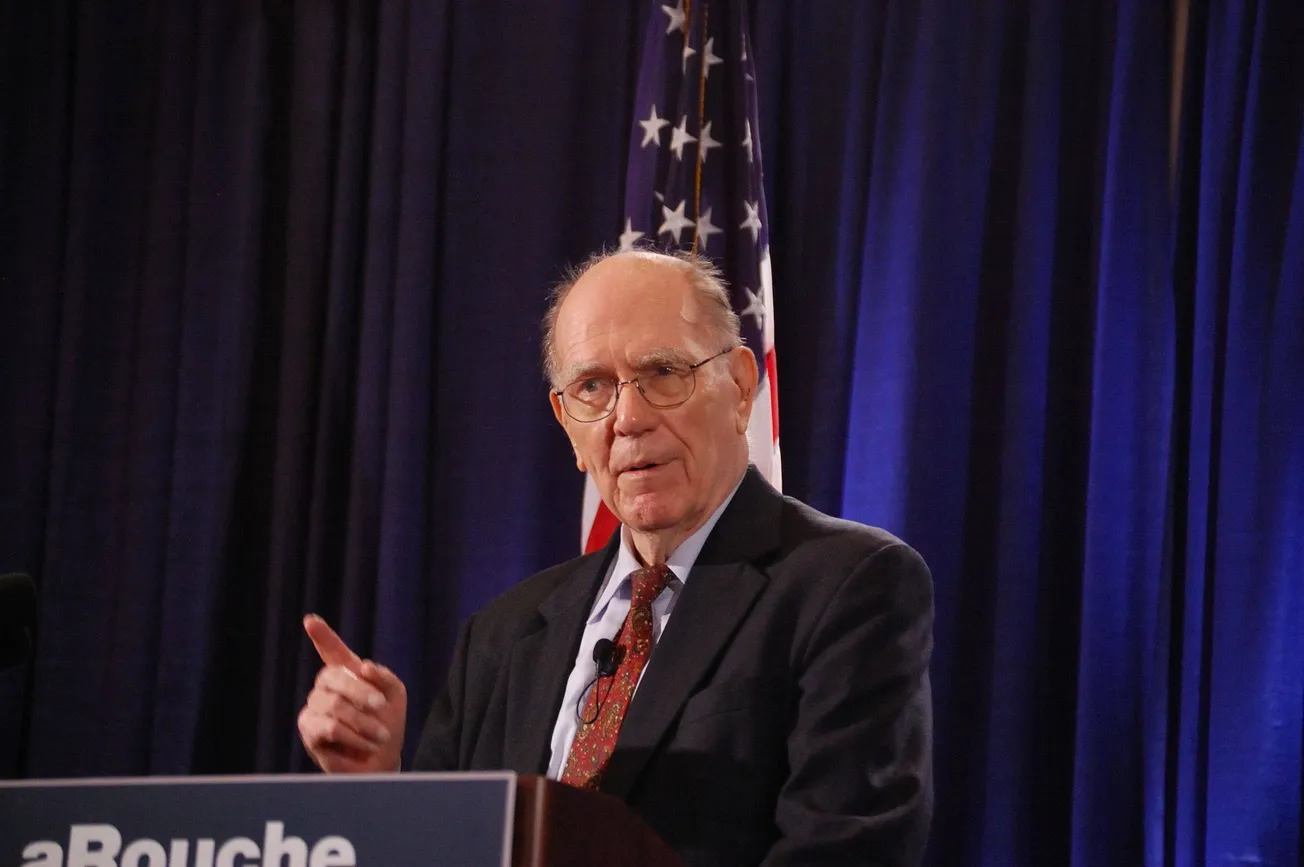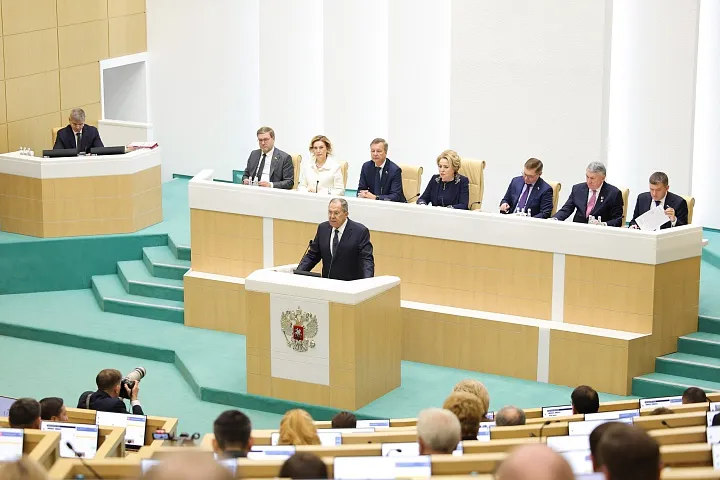“When would LaRouche’s calls for economic sanity be heeded?” That is the question asked by Tamer Mansour, an independent Egyptian writer and researcher, in his second installment of his series of articles on “The LaRouche Outlook: On the Bankruptcy of Western Economic Models.” Mansour’s series is being published in the New Eastern Outlook, an online magazine of the Russian Academy of Sciences’ Institute of Oriental Studies in Moscow designed as an “international networking platform … [for] dialogue among people worldwide” to promote strategic thinking and “reveal causes of events rather than their consequences.”
Although not mentioned by Mansour, LaRouche’s work is by no means unknown at the prestigious Institute of Oriental Studies, which former Russian Prime Minister Yegenev Primakov had headed from 1977 to 1985. In April 1994, during one of his visits to Moscow with his wife Helga Zepp-LaRouche, LaRouche delivered a speech and answered questions at the IOS on the subject, “The Oasis Plan: Development Is the Key to Peace in the Mideast.”
Mansour’s first article, published on April 2, focused on LaRouche’s lifelong commitment to creating a “Just New World Economic Order” and his elaboration of the opposition of the British (oligarchic) and American economic models. “LaRouche’s opposition to unfair policies of world powers, whether it was the British Empire, or his own country, was the reason behind his national and international prominence,” Mansour noted.
LaRouche was hit by “nonstop smear campaigns” throughout his public life, but he was controversial for a reason, Mansour explains in his second article. “The veracity of Lyndon’s long-term economic doomsday predictions for the U.S. economy and the global economy based on the current models, has surpassed all the labels, critics, nay-sayers, detractors, and even outlived LaRouche himself. The man’s views and suggestions for solutions are still sought after to this very day, to solve the structural crisis of a world economy forged by the Western Hemisphere.”
He specifies that LaRouche forecast, repeatedly and accurately, that the world economy would collapse, “if the current policies are not reversed, and geared towards financial and fiscal policies designed to stimulate the building of technological-industrial economies on a global scale. Exterminating all the usury and currency/securities speculations that turned the world economy into a gambling table in a casino, acting as a cancer that mutates the cells and membranes of real economies.”
Mansour identifies LaRouche’s forecasts, one by one, but regrets that “the people in power and the so-called economists kept being in denial, or maybe in cahoots, while Lyndon LaRouche tried his best to prevent the predictable upcoming crises, suggesting specific legislation to reinstate the Glass-Steagall Act, and calling for an emergency national moratorium on home foreclosures.
“LaRouche’s suggestions had wide popular support; however, Wall Street and K-Street banking lobbyists made sure that his necessary suggested measures would never be even discussed in Congress.
“The protection of commercial bank depositors’ money, from the perils of securities speculation of the U.S. and Western financial ‘casinos,’ still rings loud, with almost no protection to be provided for bank deposits and the U.S. citizen’s life savings.”
Thus, Mansour’s question: “So, when would LaRouche’s calls for economic sanity be headed?”



